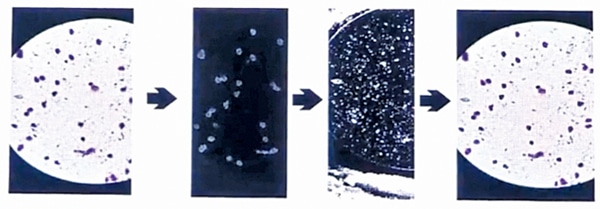There are many free and open AI solutions, platforms, and tools for developers of AI solutions. Should you go for them, or avoid them?
Today artificial intelligence (AI) systems are everywhere. They can do a lot of unbelievable things, like predicting behavior and patterns.
Many big tech companies are integrating AI into their hardware as well. Apple has incorporated it into its chips to perform various machine learning (ML) operations. Even graphical processing units today are having some form of AI integrations for improved performance within them, which was not the case a few years ago.
AI Comes at a Cost
But AI does not come cheap. We have been using classical AI for a while now. But with the emergence of neural networks, things have changed drastically. We have reached a point where you can just put a prompt and generate images straight out of your imagination.
Neural networking was discovered twenty years ago and the reason it worked back then is computation. Adding computational layers back then was not easy and required a huge cost to implement, but that is not the case today.
Machine learning is highly mathematically intensive and requires a lot of statistical knowledge. Applying artificial intelligence solutions is not child’s play as it requires you to study every aspect of it thoroughly. Only then will you be able to make those models and apply them?
It is not an easy task to learn tools like Tensorflow and Kiras to spin up your own servers, and that is where we need free and open AI solutions. There was a time when using ML solutions was not so easy either, as it required a lot of steps to be followed. Thankfully, that is not the case today as you can pick the model that suits your needs the best to work on.
DNA Fragmentation Index
To give you an example, a friend of mine who worked as an embryologist asked me to create an ML model to perform sperm counts of the healthy ones and the unhealthy ones. Earlier they used to do sperm counting manually for every patient they had. To counter that we created a machine-learning model that uses sperm images to differentiate between the healthy ones from the unhealthy ones (see Fig. 1).

The model counted the ratio between splurged sperms (unhealthy sperms) and normal ones to determine the end result. We spent most of our time in the pre-processing part and then applied hue separation. We have applied canonical correlation analysis (CCA) to perform segmentation along with a few other orthological operations.
I had only a few days’ time to build this machine-learning model and it is not an easy task to build a precise model in such a short time. So, I used an open-source solution called Custom Vision by Microsoft where you can easily upload, train, and evaluate images.
What is Custom Vision?
Please register to view this article or log in below. Tip: Please subscribe to EFY Prime to read the Prime articles.






